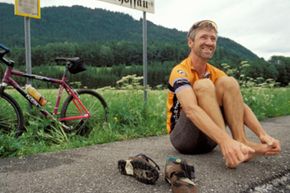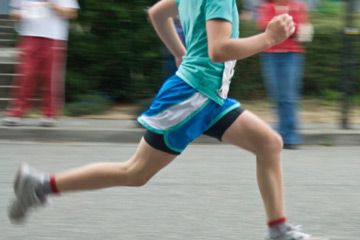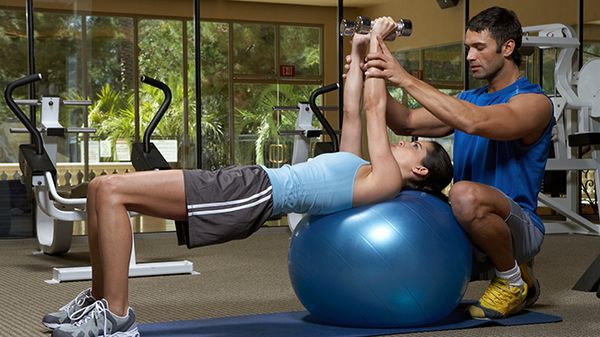Physical touch is a powerful thing. A simple hug can brighten a bad day, while an unwanted touch is cringe-inducing.
Some would say touch -- and especially massage -- can be healing for the distressed mind and soul. But if you're skeptical about such mystic ideas, consider that several scientific studies have shown evidence of tangible physical benefits from touch, and disturbing consequences from the lack of it. Premature babies do much better, for instance, when massaged daily. Famous studies conducted in the 1970s showed infant rhesus monkeys don't develop normally when deprived of touch.
Advertisement
Consider, also, the endurance of massage over thousands of years across Eastern and Western cultures. The earliest reference to massage we know of dates back more than four millennia [source: Cassar]. Ancient societies in China, India, Rome and Greece left evidence of their use of massage in art and writing.
Massage has even proven to be beneficial to athletes and helped in their performance. But sports massage is a bit different from the kind of massage you'll get at a spa. You won't need the special oils or ambiance of soothing music and floral scents. You don't even need to strip down -- sports massages are perfectly effective with clothes on. Nevertheless, you'll still reap the fruits of relaxation, along with several other benefits for the active body.
Due to their thorough and rigorous workouts, triathletes in particular benefit from massage. We'll go over techniques geared specifically toward the muscles used in swimming, cycling and running.
As if the physical stresses on all of these muscles weren't bad enough, triathletes also bring to the massage table a fair amount of mental stress. This is all the more reason why massage is increasingly seen as an important step in a triathlete's training routine, as well as warm-up and cool-down on the day of the event.
Advertisement


